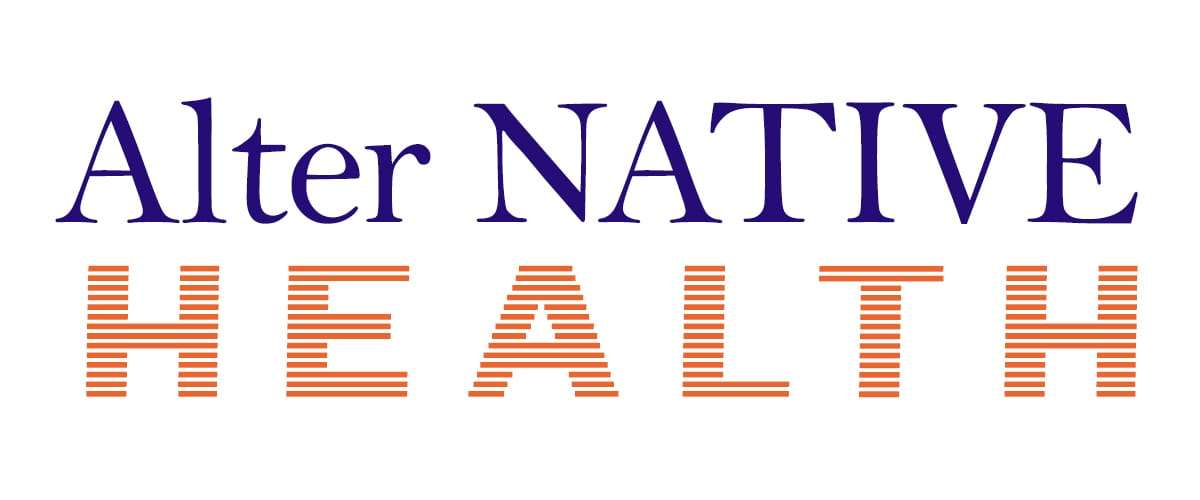Bile Duct Cancer: Recognizing Early Warning Signs for Timely Action
Bile duct cancer, also known as cholangiocarcinoma, is a rare yet potentially deadly form of cancer that affects the bile ducts, crucial for digestive function. Despite its rarity, it poses significant challenges due to its silent progression and late diagnosis. In this comprehensive guide, we’ll explore the early warning signs of bile duct cancer that should never be overlooked, emphasizing the importance of awareness and timely intervention.
Understanding Bile Duct Cancer:
Bile duct cancer develops when abnormal cells in the bile duct undergo DNA changes, leading to the formation of tumors. These tumors can obstruct the flow of bile from the liver to the gallbladder and intestines, disrupting digestion and causing severe complications if left untreated. Due to its silent progression, early detection is often challenging, making it crucial to recognize the warning signs.
Early Warning Signs:
1. Abdominal Pain or Discomfort:
Pain or discomfort in the right side of the abdomen, particularly below the ribs, may indicate bile duct cancer. However, this symptom is often attributed to other digestive issues like gastritis or gallstones, leading to delayed diagnosis. associated with bile duct cancer may worsen after meals or be accompanied by nausea and vomiting. It’s essential to monitor the intensity and duration of pain and seek medical attention if it persists or worsens over time.
2. Unexpected Weight Loss:
Unexplained weight loss, especially when not actively seeking to lose weight, should raise concerns. While weight loss can result from various health conditions, it may also be an early indication of underlying cancer, including bile duct cancer.
Rapid and unintended weight loss can occur due to the body’s increased energy expenditure as it tries to combat cancer cells. This weight loss may occur despite maintaining regular dietary habits, prompting further investigation into potential underlying causes.
3. Itchiness:
Persistent itchiness, particularly on the skin, can sometimes be overlooked as a minor issue. However, it can be a sign of bile duct obstruction, leading to the accumulation of bile salts in the bloodstream. Consulting a physician for persistent itchiness is essential for proper evaluation and diagnosis.
Itchiness associated with bile duct cancer, known as pruritus, is often more severe at night and may affect the entire body. It can significantly impact quality of life and may not respond well to conventional itch-relief measures, highlighting the need for medical evaluation.
4. Fatigue:
Extreme tiredness or lack of energy, beyond what can be attributed to daily stressors, may indicate underlying health issues, including cancer. Fatigue associated with bile duct cancer can be debilitating and affect daily functioning.
Cancer-related fatigue is often described as overwhelming and unrelenting, persisting despite adequate rest and sleep. It may interfere with normal activities and lead to feelings of frustration and emotional distress, warranting medical assessment and support.
5. Recurring Fever:
Fever that recurs without any apparent cause should not be ignored, as it can be a symptom of advanced bile duct cancer. Metastasis, or the spread of cancer to other parts of the body, can lead to fever as the body’s immune response reacts to the presence of cancer cells.
Recurring fever in bile duct cancer patients may indicate systemic inflammation or infection, requiring prompt evaluation and management to prevent complications. Fever accompanied by other symptoms such as chills, sweats, and fatigue should prompt immediate medical attention.
Diagnostic Techniques:
Early diagnosis is key to effective treatment and improved outcomes for bile duct cancer patients. Endoscopic retrograde cholangiopancreatography (ERCP) and cholangioscopy are commonly used diagnostic techniques to detect bile duct cancer and obtain tissue samples for testing. These procedures help oncologists assess the extent of cancer and plan appropriate treatment strategies.
Other diagnostic tests, such as imaging studies (CT scan, MRI, ultrasound) and blood tests (liver function tests, tumor markers), may also be employed to evaluate bile duct abnormalities and confirm the presence of cancer. A multidisciplinary approach involving gastroenterologists, oncologists, and radiologists is essential for accurate diagnosis and treatment planning.
Importance of Awareness:
Raising awareness about bile duct cancer and its early warning signs is crucial for timely intervention. While the disease is rare, understanding its symptoms can empower individuals to seek medical attention promptly if they experience any concerning signs. Additionally, advocating for regular health check-ups and screenings can aid in early detection and better prognosis.
Public health campaigns and educational initiatives play a vital role in increasing awareness about bile duct cancer among healthcare professionals and the general population. Promoting risk factors, preventive measures, and available screening options can help reduce diagnostic delays and improve patient outcomes.
Conclusion
Bile duct cancer poses significant challenges due to its silent progression and late diagnosis. Recognizing the early warning signs, such as abdominal pain, unexpected weight loss, itchiness, fatigue, and recurring fever, is essential for timely intervention. By promoting awareness and advocating for regular health screenings, we can improve outcomes for individuals at risk of bile duct cancer. Remember, early detection saves lives, so never overlook the warning signs and prioritize your health and well-being.
In addition to recognizing symptoms, individuals can reduce their risk of bile duct cancer by adopting a healthy lifestyle, including maintaining a balanced diet, regular exercise, avoiding tobacco and excessive alcohol consumption, and managing underlying health conditions such as chronic liver disease and hepatitis. By making informed choices and staying vigilant, we can take proactive steps to protect ourselves and our loved ones from this potentially devastating disease.















